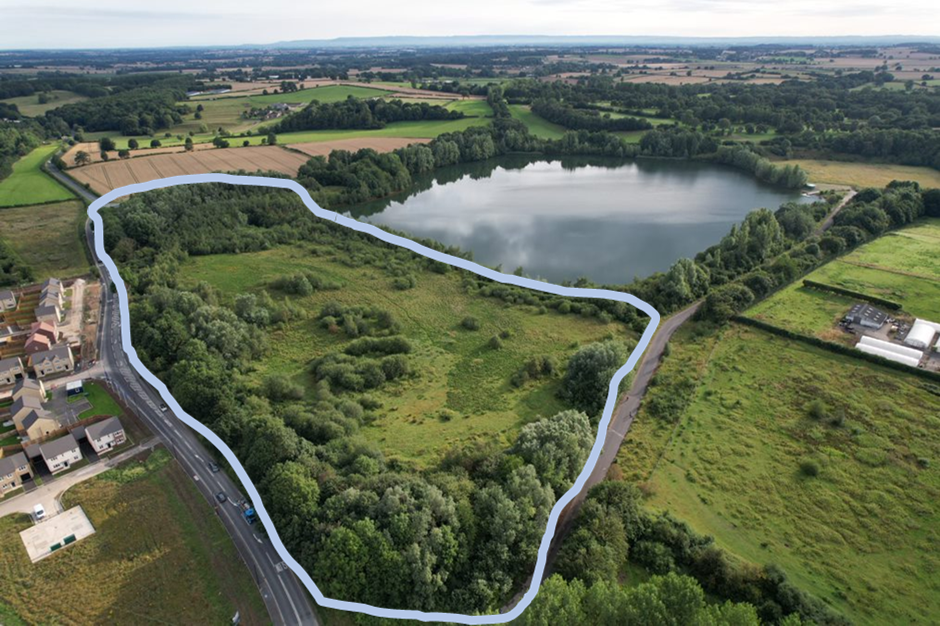Our Sustainability Journey

Mone Brothers are committed to sustainable solutions for our customers and our communities by working safely, understanding their needs, developing our people, being innovative and applying intelligent engineering solutions.
Mone Brothers have been in operation for nearly 60 years under the same continuous family ownership. Our operations are focussed on the Yorkshire Area. Over that time, we have established a framework of sites and an extensive client base specialising in bulk excavation and restoration and recycling projects.
We understand the importance of achieving sustainable development, to balance the needs of our business with those of our stakeholders and the environment, to be a visionary not just for tomorrow, but for the future.
We will ensure that our business will positively impact on people, nature and the climate.
We recognise that whilst we are carrying out our work we are temporary custodians of the sites that we occupy. We take this responsibility seriously, before we then hand it back, ensuring that we return not only a positive legacy to our customers but also to local residents, communities and users (people, flora and fauna) of the land for generations to come. However, our focus is not solely just on the handover stage, important as it is, but consideration through the planning and mitigation of our site presence to wildlife and ecology through environmentally friendly ways of working.
We work collaboratively with relevant stakeholders, interest groups and regulators to ensure sustainable solutions are delivered with full certainty and assurance. This is a Team effort; we are all on this sustainability journey together and we are continually learning and improving.
Wildlife and Ecology
We have a diverse and thriving range of wildlife and ecology as part of our current site/quarry operations and land ownership and it is very important to us that we continue to protect the environment and the many species’ which have made these ongoing work places their home.
For example, across our sites/quarries we have numerous birds regarded to be of Species of Principal Importance as referenced from the Natural Environment and Rural Communities Act 2006 including Sky Lark, Linnet, Yellowhammer, Reed Bunting, Herring Gull, Yellow Wagtail, House Sparrow, Dunnock (Hedge Accentor), Bullfinch, Starling, Song Thrush and Lapwing.
Other species that we are aware of that either live on or frequently fly over such areas include Red Kites, Bees, Butterflies, Swifts, Rabbits and Foxes which are regulars at our Blackhill Quarry, Leeds. There are Canada Geese at our Eggborough Quarry, Hensall enjoying our pond at the edge of our ongoing works.
Our commitment to wildlife and ecology is not something that has suddenly been imposed upon us but which has naturally been there throughout from when the company started. An example of this is the former Farnham Quarry (1 mile north of Knaresborough).
Approx 20 years ago we were involved with the tipping of inert demolition and construction waste material. This work was part of previous restoration of a former gravel and sand extraction site comprising 2 lakes (both of which are now used for angling and boating), woodland, meadows and scrub. Covering some 80 Hectares, the site attracts several species of dragonflies and damselflies including Black Tailed Skimmer and 4 Spotted Chaser, various water birds including Common Sandpiper, breeding Common Terns and passage Osprey. The surrounding scrub and grassland support a variety of wild flowers that attract butterflies including White Letter Hairstreak.
On completion of our filling the last part of the site it was then regraded into a domed landform which slopes down towards the former large Farnham Quarry gravel pit to the east which is used as a recreational lake.
The site then underwent a planned programme of restoration to calcareous grassland which includes some hedge planting and habitat creation, including conservation pond creation and enhancement of existing Great Crested Newt habitat at the northern end of the site, invertebrate hybernaculars and seeding with an appropriate mix. The scheme was formally drawn up, agreed with relevant stakeholders (including the Environment Agency) and managed by an experienced Consultant Conservation Ecologist. This restoration has been fully completed and we are now going through the final stages of surrender.
Our recent photograph of the site provides testament to the good planning and collaborative work that was safely and successfully carried out to ensure a sustainable solution was delivered with the resultant ongoing mutual benefits being experienced by the local community and wildlife.
.